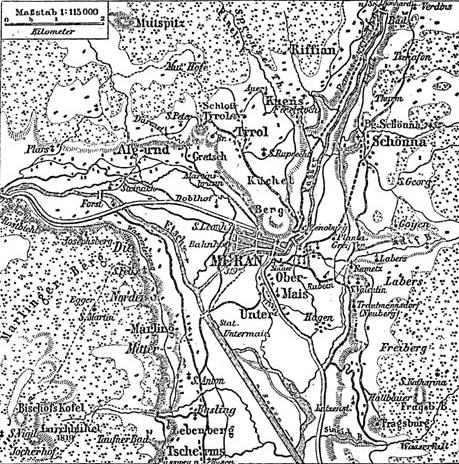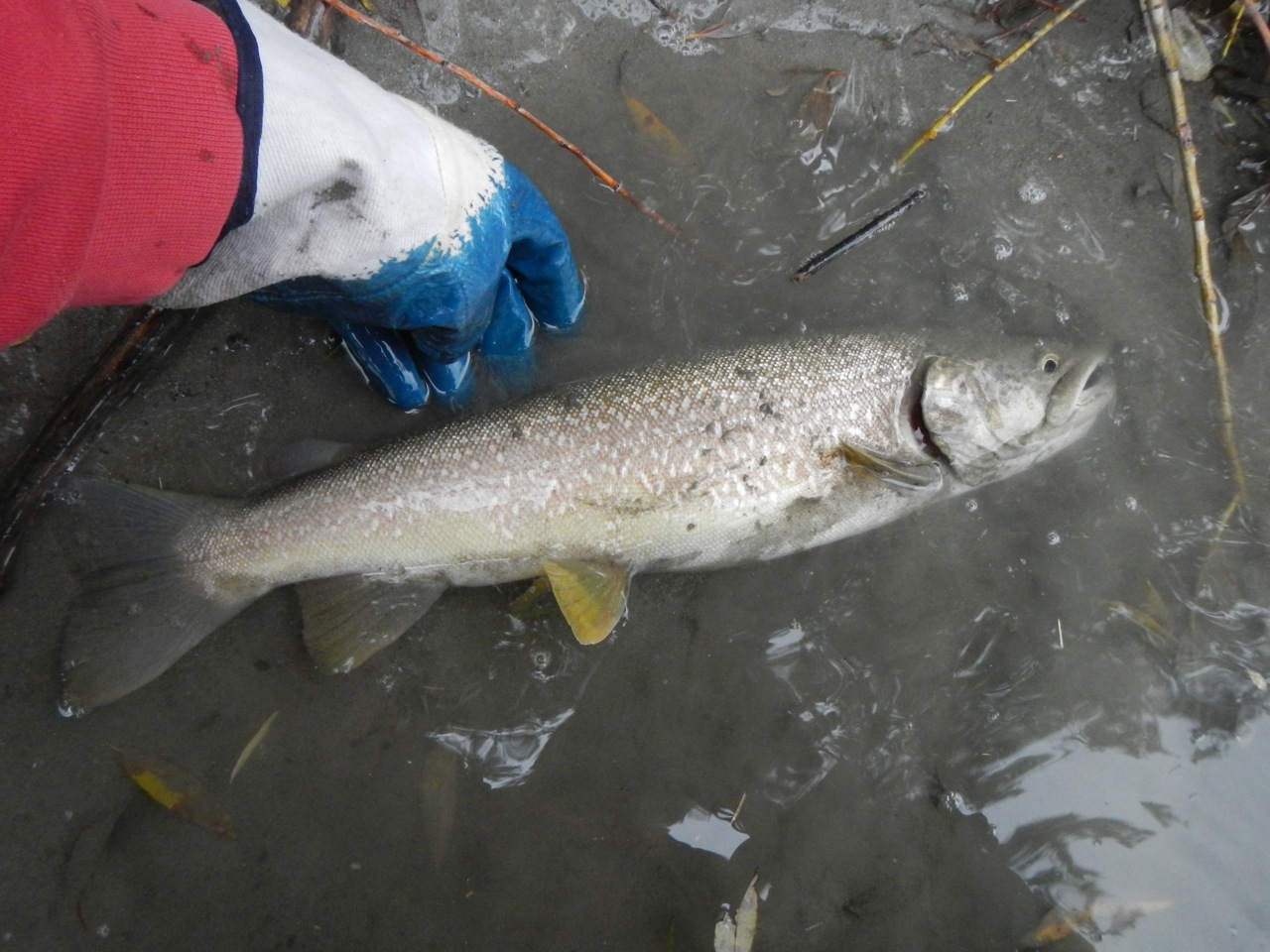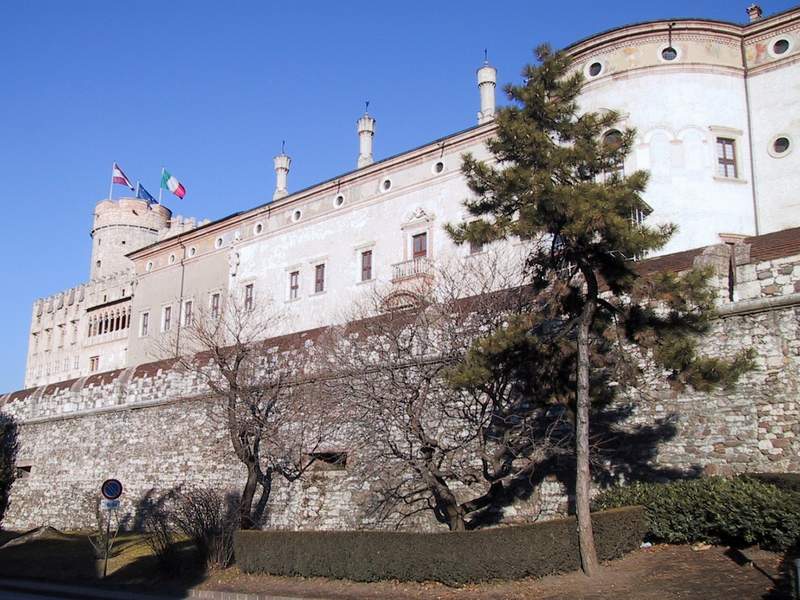|
Merano
Merano (, , ) or Meran () is a city and ''comune'' in South Tyrol, northern Italy. Generally best known for its spa resorts, it is located within a basin, surrounded by mountains standing up to above sea level, at the entrance to the Passeier Valley and the Vinschgau. In the past, the city has been a popular place of residence for several scientists, literary people, and artists, including Franz Kafka, Ezra Pound, Paul Lazarsfeld, and also Empress Elisabeth of Austria, who appreciated its mild climate. Name Both the Italian () and the German () names for the city are used in English. The Ladin form of the name is . The official name of the municipality (''comune'') is ''Comune di Merano'' in Italian and ''Stadtgemeinde Meran'' in German (both are in official use). History In 17th-century Latin, the city was called ''Meranum''. Other archaic names are ''Mairania'' (from 857 AD) and ''an der Meran'' (from the 15th century). Origin The area has been inhabited since the third ... [...More Info...] [...Related Items...] OR: [Wikipedia] [Google] [Baidu] |
South Tyrol
it, Provincia Autonoma di Bolzano – Alto Adige lld, Provinzia Autonoma de Balsan/Bulsan – Südtirol , settlement_type = Autonomous province , image_skyline = , image_alt = , image_caption = , image_flag = Flag_of_South_Tyrol.svg , flag_alt = , image_shield = Suedtirol CoA.svg , shield_size = x100px , shield_alt = Coat of arms of Tyrol , anthem = , image_map = Bolzano in Italy.svg , map_alt = , map_caption = Map highlighting the location of the province of South Tyrol in Italy (in red) , coordinates = , coordinates_footnotes = , subdivision_type = Country , subdivision_name = Italy , subdivision_type1 = R ... [...More Info...] [...Related Items...] OR: [Wikipedia] [Google] [Baidu] |
County Of Tyrol
The (Princely) County of Tyrol was an estate of the Holy Roman Empire established about 1140. After 1253, it was ruled by the House of Gorizia and from 1363 by the House of Habsburg. In 1804, the County of Tyrol, unified with the secularised prince-bishoprics of Trent and Brixen, became a crown land of the Austrian Empire. From 1867, it was a Cisleithanian crown land of Austria-Hungary. Today the territory of the historic crown land is divided between the Italian autonomous region of Trentino-Alto Adige/Südtirol and the Austrian state of Tyrol. The two parts are today associated again in the Tyrol–South Tyrol–Trentino Euroregion. History Establishment At least since German king Otto I had conquered the former Lombard kingdom of Italy in 961 and had himself crowned Holy Roman Emperor in Rome, the principal passes of the Eastern Alps had become an important transit area. The German monarchs regularly travelled across Brenner or Reschen Pass on their Italian expedi ... [...More Info...] [...Related Items...] OR: [Wikipedia] [Google] [Baidu] |
Adige
The Adige (; german: Etsch ; vec, Àdexe ; rm, Adisch ; lld, Adesc; la, Athesis; grc, Ἄθεσις, Áthesis, or , ''Átagis'') is the second-longest river in Italy, after the Po. It rises near the Reschen Pass in the Vinschgau in the province of South Tyrol, near the Italian border with Austria and Switzerland, and flows through most of northeastern Italy to the Adriatic Sea. The river's name is Celtic in origin, from the Proto-Celtic cel-x-proto, *yt-ese, label=none, "the water", cognate with the River Tees in England (anciently ''Athesis'', ''Teesa''). Description The river source is near the Reschen Pass () close to the borders with Austria and Switzerland above the Inn valley. It flows through the artificial alpine Lake Reschen. The lake is known for the church tower that marks the site of the former village of Alt Graun ("Old Graun"); it was evacuated and flooded in 1953 after the dam was finished. Near Glurns, the Rom river joins from the Swiss Val Müstair. ... [...More Info...] [...Related Items...] OR: [Wikipedia] [Google] [Baidu] |
Trentino-Alto Adige/Südtirol
it, Trentino (man) it, Trentina (woman) or it, Altoatesino (man) it, Altoatesina (woman) or it, Sudtirolesegerman: Südtiroler (man)german: Südtirolerin (woman) , population_note = , population_blank1_title = Official languages , population_blank1 = ItalianGerman (South Tyrol) , population_blank2_title = Other languages , population_blank2 = in some municipalities:Ladin MochenoCimbrian , demographics_type1 = Citizenship , demographics1_footnotes = , demographics1_title1 = Italian , demographics1_info1 = 93% , timezone1 = CET , utc_offset1 = +1 , timezone1_DST = CEST , utc_offset1_DST = +2 , postal_code_type = , postal_code = , area_code_type = ISO 3166 code , area_code = IT-32 , blank_name_sec1 ... [...More Info...] [...Related Items...] OR: [Wikipedia] [Google] [Baidu] |
Castle Tyrol
Tyrol Castle, less commonly Tirol Castle (german: Schloss Tirol, it, Castel Tirolo) is a castle in the ''comune'' (municipality) of Tirol near Merano, in the Burggrafenamt district of South Tyrol, Italy. It was the ancestral seat of the Counts of Tyrol and gave the whole Tyrol region its name. History The castle hill has been inhabited since ancient times. Several artefacts and one field of graves from the early Middle Ages have been identified. Archeologists have excavated a church with three apses dating from the early Christian period. The first castle was built before 1100. The second construction phase including the keep dates to 1139/40. A third phase of construction took place in the second half of the 13th century under Count Meinhard II of Gorizia-Tyrol. In 1347 Meinhard's granddaughter Countess Margaret of Tyrol was besieged here by the forces of the Luxembourg king Charles IV. The castle remained the seat of Tyrol's sovereigns until 1420, when the Habsburg archduke ... [...More Info...] [...Related Items...] OR: [Wikipedia] [Google] [Baidu] |
Vinschgau
The Vinschgau, Vintschgau () or Vinschgau Valley ( it, Val Venosta ; rm, Vnuost ; lld, Val Venuesta; medieval toponym: ''Finsgowe'') is the upper part of the Adige or Etsch river valley, in the western part of the province of South Tyrol, Italy. Etymology The German name ''Vinschgau'', like Italian ''Val Venosta'', is derived from the Celtic (Rhaetian) Venostes tribes mentioned on the ancient Tropaeum Alpium. A Frankish '' Gau'' was established under Charlemagne in 772; it was first mentioned in a 1077 deed, when King Henry IV of Germany granted the estates of Schlanders ''in pago Finsgowe'' to Bishop Altwin of Brixen. Geography The Vinschgau ValleyAllgemeiner historischer Handatlas, Gustav Droysen runs in a west-east orientation, from the Merano basin at Partschins up the Adige river to Reschen Pass in the northwest. The Ötztal Alps in the north, part of the Alpine crest, separate it from the upper Inn Valley. The Adige valley is further confined by the Sesvenna Alps in the ... [...More Info...] [...Related Items...] OR: [Wikipedia] [Google] [Baidu] |
Ezra Pound
Ezra Weston Loomis Pound (30 October 1885 – 1 November 1972) was an expatriate American poet and critic, a major figure in the early modernist poetry movement, and a Fascism, fascist collaborator in Italy during World War II. His works include ''Ripostes'' (1912), ''Hugh Selwyn Mauberley'' (1920), and his 800-page Epic poetry, epic poem, ''The Cantos'' (c. 1917–1962). Pound's contribution to poetry began in the early 20th century with his role in developing Imagism, a movement stressing precision and economy of language. Working in London as foreign editor of several American literary magazines, he helped discover and shape the work of contemporaries such as T. S. Eliot, Ernest Hemingway, and James Joyce. He was responsible for the 1914 serialization of Joyce's ''A Portrait of the Artist as a Young Man'', the 1915 publication of Eliot's "The Love Song of J. Alfred Prufrock", and the serialization from 1918 of Joyce's ''Ulysses (novel), Ulysses''. Hemingway wrote ... [...More Info...] [...Related Items...] OR: [Wikipedia] [Google] [Baidu] |
Passeier Valley
The Passeier Valley (german: Passeier or ; it, Passiria or Val Passiria ) is the valley of the Passer river, in the mountains of South Tyrol, northern Italy. The Passer river is a left-bank tributary to the Adige. At the mouth of the valley, where the two rivers join, stands the town of Merano. From there, the valley runs north to the Timmelsjoch mountain pass, which leads to Sölden in the Ötztal valley of Austria and to the Jaufenpass which leads to Sterzing in the Wipptal. The following municipalities are located in the valley: Kuens, Riffian, St. Martin in Passeier, St. Leonhard in Passeier and Moos in Passeier Moos in Passeier (; it, Moso in Passiria ) is a ''comune'' (municipality) in the Passeier Valley. It is located in South Tyrol, northern Italy, about northwest of the province's capital Bolzano, on the border with Austria. Geography As of 30 No .... The population of the valley is German-speaking. External links * Valleys of South Tyrol {{TrentinoAlt ... [...More Info...] [...Related Items...] OR: [Wikipedia] [Google] [Baidu] |
Margaret, Countess Of Tyrol
Margaret, nicknamed ''Margarete Maultasch'' (1318 – 3 October 1369), was the last Countess of Tyrol from the House of Gorizia (''Meinhardiner''), and an unsuccessful claimant to the Duchy of Carinthia. Upon her death, Tyrol became united with the Austrian hereditary lands of the Habsburg dynasty. Biography Descent Margaret was the only surviving daughter of Duke Henry of Carinthia Henry of Gorizia (german: Heinrich, cs, Jindřich; – 2 April 1335), a member of the House of Gorizia, was Duke of Carinthia and Landgrave of Carniola (as Henry VI) and Count of Tyrol from 1295 until his death, as well as King of Bohemia, Marg ..., also landgrave of Carniola, Count of Tyrol and former List of Bohemian monarchs, King of Bohemia, with his second wife Adelaide, a daughter of the House of Welf, Welf duke Henry I, Duke of Brunswick-Grubenhagen, Henry I of Brunswick. As her father's three marriages had produced no male heirs, he reached an agreement with the House of Wittelsbach, Wi ... [...More Info...] [...Related Items...] OR: [Wikipedia] [Google] [Baidu] |
House Of Habsburg
The House of Habsburg (), alternatively spelled Hapsburg in Englishgerman: Haus Habsburg, ; es, Casa de Habsburgo; hu, Habsburg család, it, Casa di Asburgo, nl, Huis van Habsburg, pl, dom Habsburgów, pt, Casa de Habsburgo, la, Domus Habsburg, french: Maison des Habsbourg and also known as the House of Austriagerman: link=no, Haus Österreich, ; es, link=no, Casa de Austria; nl, Huis van Oostenrijk, pl, dom Austrii, la, Domus Austriæ, french: Maison d'Autriche; hu, Ausztria Háza; it, Casa d'Austria; pt, Casa da Áustria is one of the most prominent and important dynasties in European history. The house takes its name from Habsburg Castle, a fortress built in the 1020s in present-day Switzerland by Radbot of Klettgau, who named his fortress Habsburg. His grandson Otto II was the first to take the fortress name as his own, adding "Count of Habsburg" to his title. In 1273, Count Radbot's seventh-generation descendant Rudolph of Habsburg was elected King of the ... [...More Info...] [...Related Items...] OR: [Wikipedia] [Google] [Baidu] |
Frederick IV, Duke Of Austria
Frederick IV (1382 – 24 June 1439), also known as Frederick of the Empty Pockets (german: Friedrich mit der leeren Tasche), a member of the House of Habsburg, was Duke of Austria from 1402 until his death. As a scion of the Habsburg Leopoldian line, he ruled over Further Austria and the County of Tyrol from 1406 onwards. Biography Frederick was the youngest son of Duke Leopold III (1351–1386) and his wife Viridis (d. 1414), a daughter of Bernabò Visconti, Lord of Milan. According to the 1379 Treaty of Neuberg, his father ruled over the Habsburg Inner Austrian territories of Styria, Carinthia, Carniola, as well as over Tyrol and the dynasty's original Further Austrian possessions in Swabia. After the early death of Duke Leopold in the 1386 Battle of Sempach, Frederick and his elder brothers William, Leopold IV and Ernest initially remained under the tutelage of their uncle Duke Albert III of Austria. As an inheritance dispute arose upon Duke Albert's death in 1395, the you ... [...More Info...] [...Related Items...] OR: [Wikipedia] [Google] [Baidu] |
German Town Law
The German town law (german: Deutsches Stadtrecht) or German municipal concerns (''Deutsches Städtewesen'') was a set of early town privileges based on the Magdeburg rights developed by Otto I. The Magdeburg Law became the inspiration for regional town charters not only in Germany, but also in Central and Eastern Europe who modified it during the Middle Ages. The German town law (based on Magdeburg rights) was used in the founding of many German cities, towns, and villages beginning in the 13th century. History As Germans began establishing towns throughout northern Europe as early as the 10th century, they often received town privileges granting them autonomy from local secular or religious rulers. Such privileges often included the right to self-governance, economic autonomy, criminal courts, and militia. Town laws were more or less entirely copied from neighboring towns, such as the Westphalian towns of Soest, Dortmund, Minden, and Münster. As Germans began settling eastwar ... [...More Info...] [...Related Items...] OR: [Wikipedia] [Google] [Baidu] |









